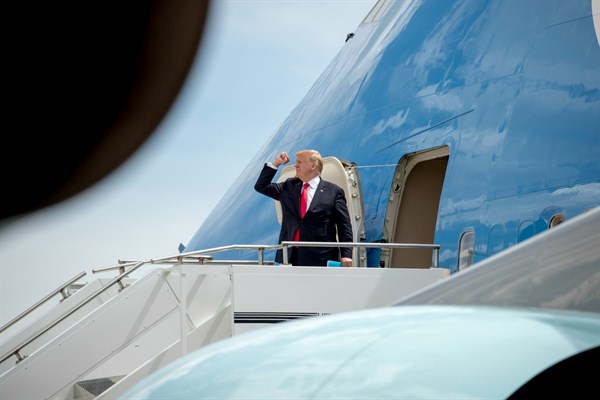As military leaders advance in rank and take on more responsibility, they learn the importance of what is known as command climate, or the culture of an organization and its core values. Since commanders cannot personally oversee every detail of a large and complex organization, they must establish an effective command climate to assure that subordinates do what the leader wants, even when she or he is not present. Command climate is not just an extension of the leader; it is what makes an organization reflect its leader’s priorities, values and attributes.
While it is most associated with the U.S. military, all large, complex organizations have a command climate, including the White House and the rest of the executive branch. Although the command culture of a presidential campaign might carry over into the early days of a White House, it has never fully hijacked a presidential administration—until President Donald Trump. The Trump administration’s command culture reflects Trump’s personality and background, and his improbable rise to power as the ultimate outsider. But as the constant missteps and confusion in his administration have shown, this command climate, which is responsible for America’s national security, is broken.
Since Trump’s 2016 presidential campaign was an unruly political startup in a crowded and competitive environment, its command climate focused on Trump himself, rather than a set of policies or plans about organizational effectiveness or mission success. Its purpose was to augment Trump’s personal reputation. Its core concept was that the more influential and powerful he was, the more effective the organization he led would be. Its primary value was personal loyalty to Trump.

